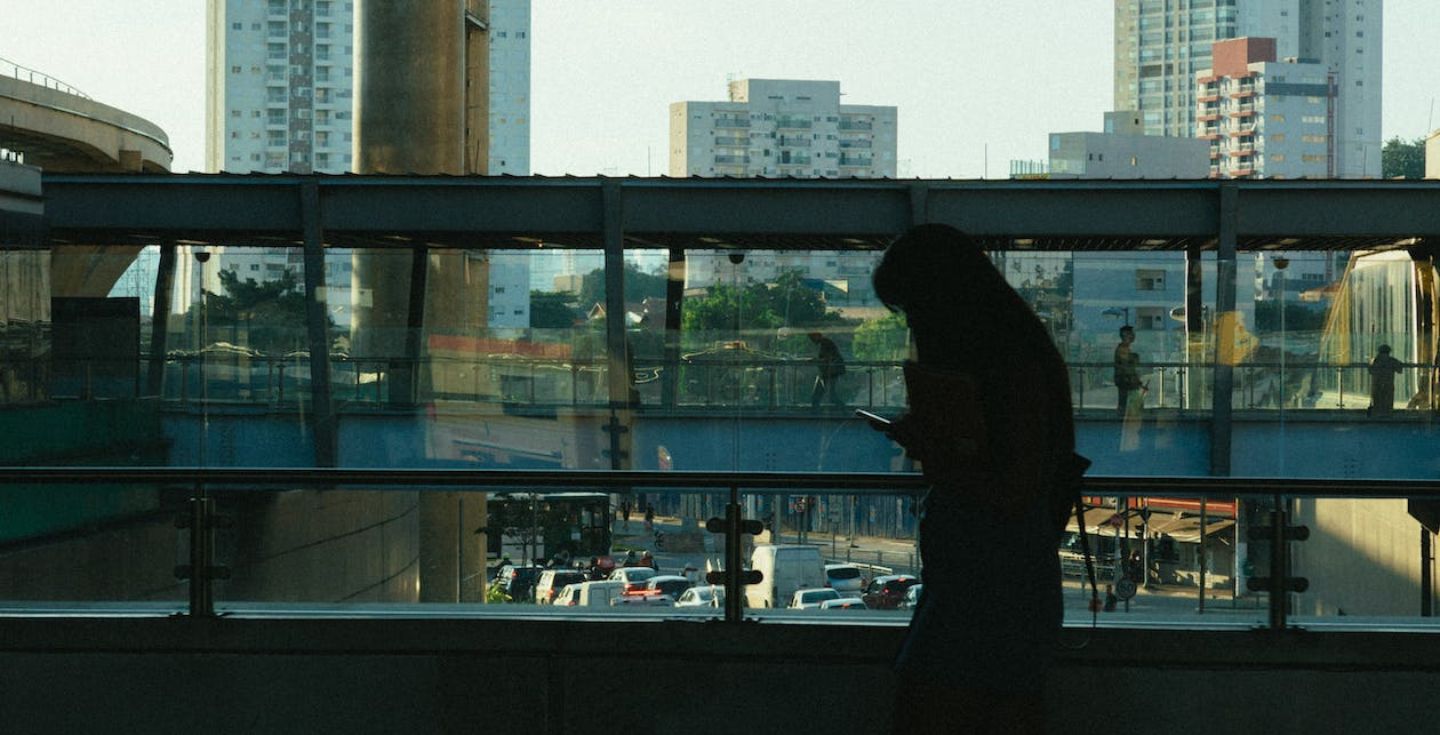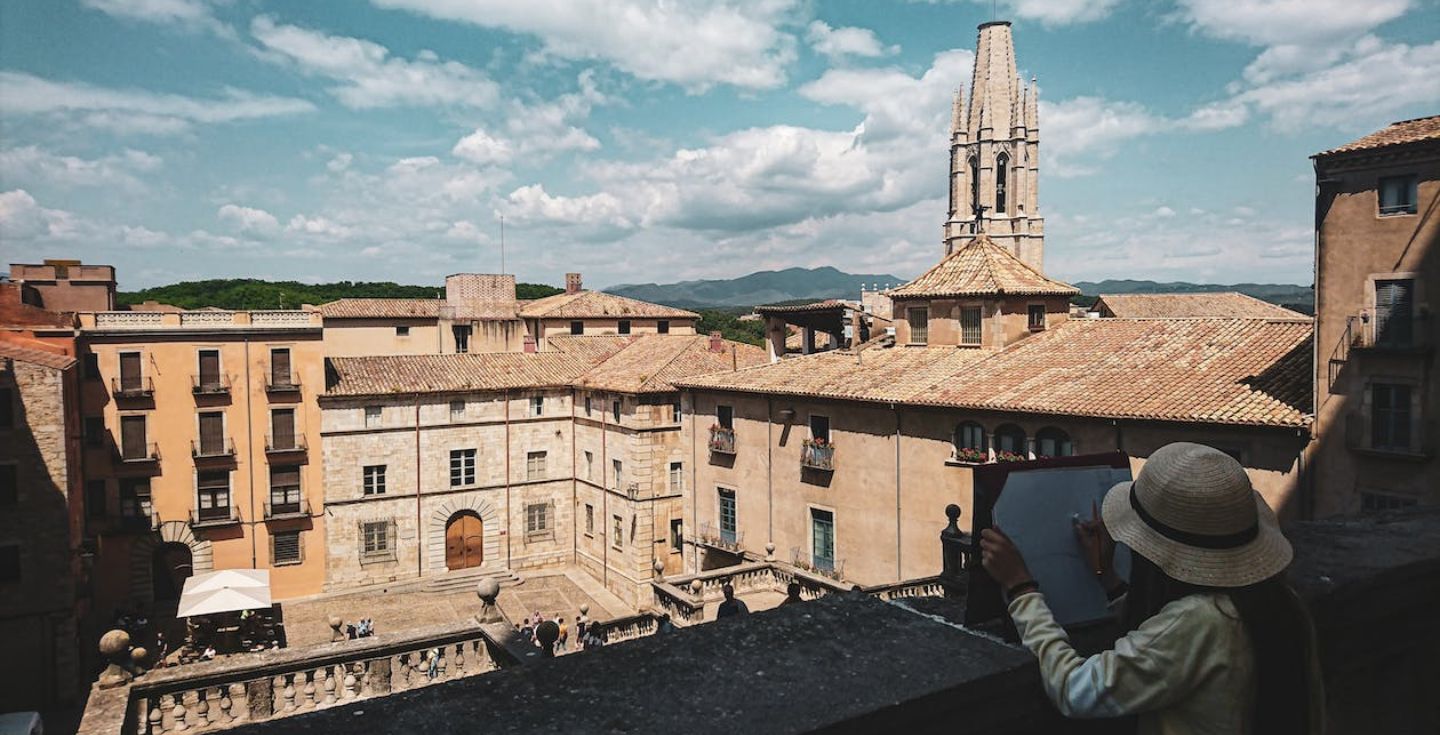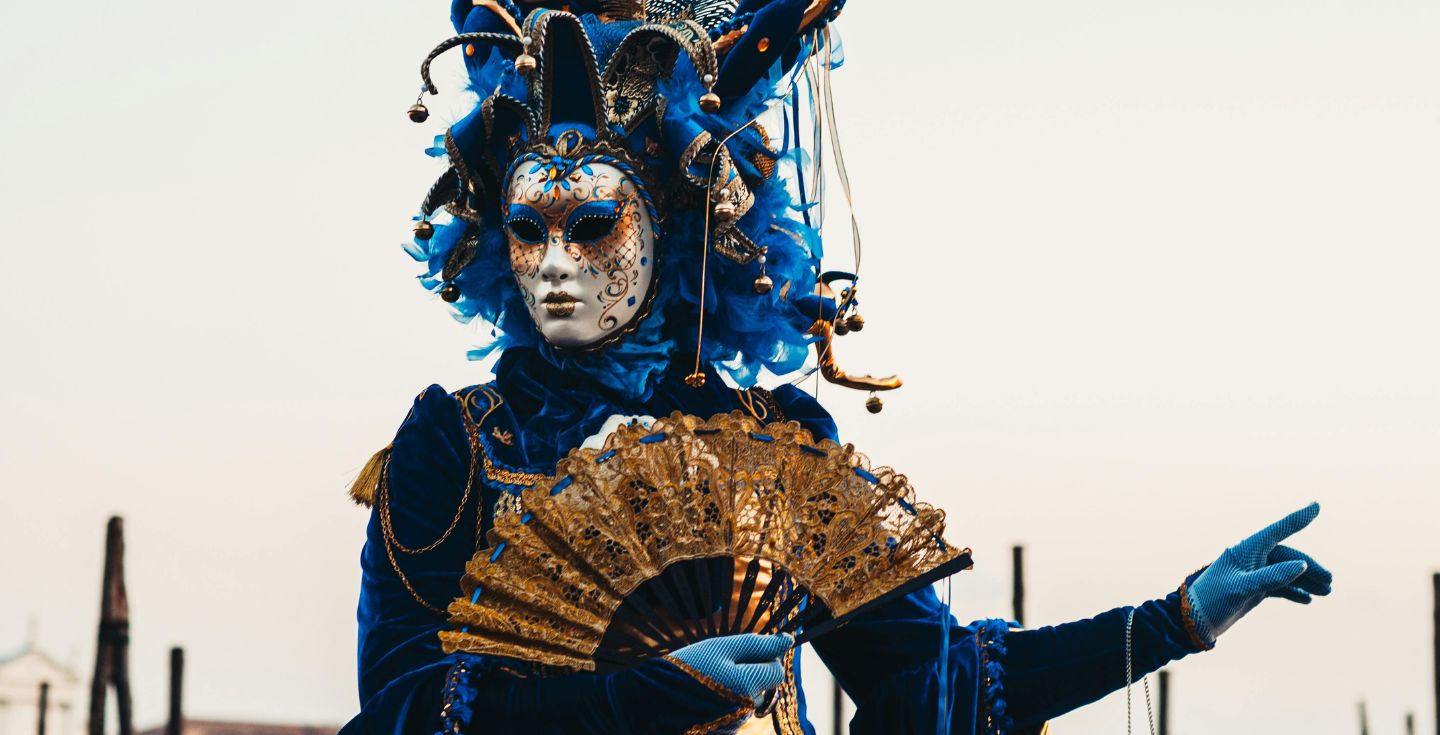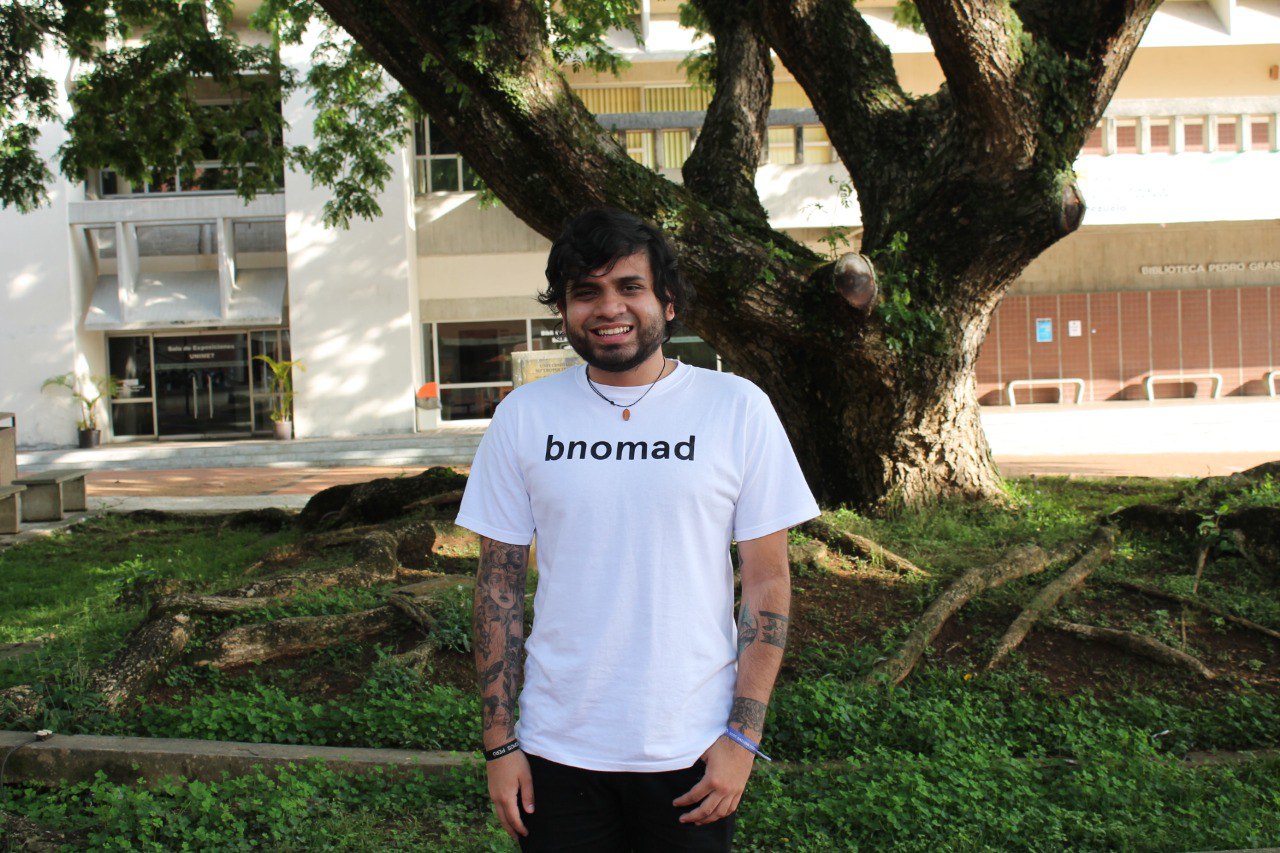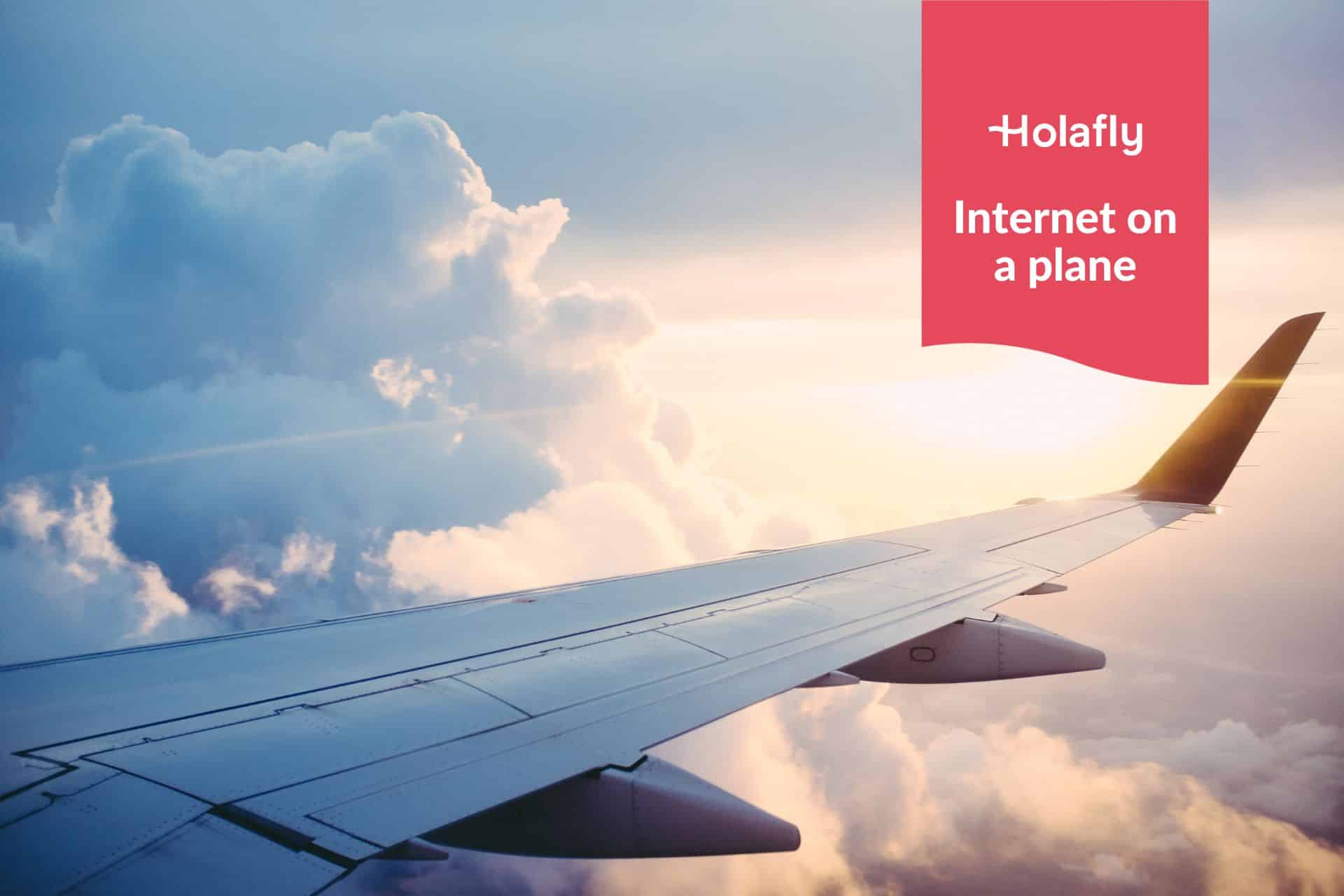How to get around Morocco: The savvy traveler’s guide
From the Atlas Mountains to the blue city of Chefchaouen, getting around Morocco is a visual feast. Here's your complete guide to navigating this incredible country!
Morocco’s transportation system is where efficiency meets chaos—and somehow, it works. Trains run on time, while shared taxi departure times are often a matter of negotiation. It’s all part of the unforgettable Moroccan charm, so keep an open mind and enjoy every minute.
Charge your phone, get connected, and let’s explore how to get around Morocco. From high-speed trains to desert camel treks, here’s what you need to know to plan your transportation safely and efficiently.
Trains in Morocco: Speeding across the country
The crown jewel of Morocco’s public transport system is an impressive rail network connecting major cities. The Al Boraq high-speed train zips between Tangier and Casablanca via Rabat at speeds up to 200 mph, rivaling Europe’s best trains. It’s an affordable luxury that transforms tedious travel time into a comfortable journey.
- Key destinations
- Al Boraq high-speed line: Tangier – Rabat – Casablanca
- Tourist corridor (regular trains): Casablanca – Marrakesh
- Eastern route: Casablanca – Fez – Oujda
- Travel times
- Tangier – Casablanca: ~2 hrs (Al Boraq) / 5 hrs (regular train)
- Casablanca – Marrakesh: 3 hrs
- Casablanca – Fez: 4 hrs 15 min
- Ticket prices (2025):
- Al Boraq: $16 (165 MAD) economy / $24 (244 MAD) first class
- Regular trains: $8 (80 MAD) economy / $12 (120 MAD) first class
- Overnight supplement: +$5–15 (50–150 MAD), depending on the comfort level
Tickets can be purchased online through the official ONCF website, the ONCF app, or at stations. Seats are reserved when booking and first-class passengers can select their seat in advance.
What to expect on board
Trains in Morocco are generally clean, safe, and reliable, and they offer one of the most stress-free ways to travel between major cities. The first class is quieter, more spacious, and has reliable air conditioning, which is well worth it on longer routes. Toilets are available in most cars, though cleanliness can vary depending on the route and time of day.
The downsides of taking the train include a lack of WiFi or food service. However, these are easily fixed by getting one of the best eSIMs for Morocco and bringing your own snacks and drinks.
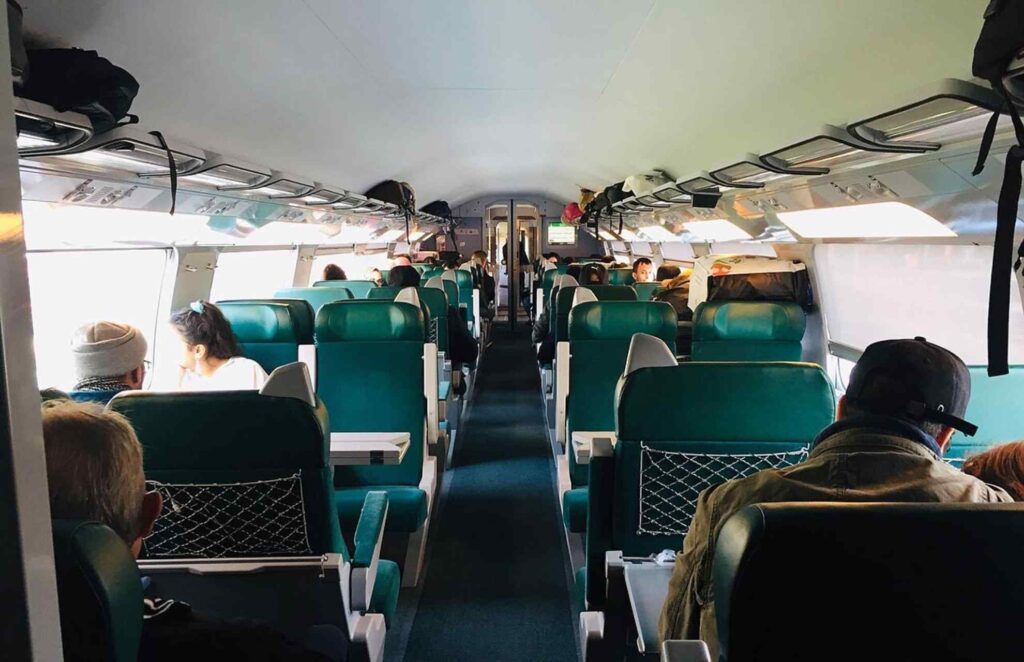
Pro tip
Book Al Boraq several days ahead, especially during summer or weekends, and keep your ticket handy—inspectors regularly make the rounds.
Morocco Bus: Budget-friendly and handy
CTM and Supratours buses are the most flexible and affordable way to get around Morocco. Supratours also offers convenient transfers from train stations, as it’s part of the national railway system, connecting cities, towns, and remote villages nationwide.
Local bus companies cover additional routes but may have lower comfort levels and less predictable schedules. It is a go-to option for budget travelers and those looking to explore beyond the usual tourist routes.
- Common routes and travel times
- Marrakesh – Essaouira: 3 hrs
- Casablanca – Agadir: 7 hrs
- Fez – Chefchaouen: 4.5 hrs
- Ticket prices (2025):
- Marrakesh – Essaouira: $8 (80 MAD)
- Casablanca – Agadir: $22 (220 MAD)
- Fez – Chefchaouen: $7.50 (75 MAD)
Tickets can be booked online via the CTM website or app, or purchased at the bus station. Popular routes and high-season departures tend to sell out, so booking a day or two in advance is recommended. Seat reservations are generally included when booking online.
What to expect on board
Buses in Morocco are typically modern and air-conditioned, especially those operated by CTM and Supratours.
Long-distance buses have reclining seats and a baggage compartment under the coach. Larger bags may incur a small fee (around $1–2). There are no onboard toilets, but buses stop every few hours for bathroom and snack breaks.
While not quite as fast or sleek as Morocco’s trains, buses make up for it with coverage, affordability, and accessibility. They are a solid choice for reaching coastal towns, Moroccan beaches, mountain villages, or budget-friendly destinations.
Pro tip
Pack a light jacket or shawl (the AC can be arctic), and arrive 30 minutes early to check your luggage.
Moroccan taxis: Petit and Grand explained
In Morocco, taxis are a major part of everyday travel—and they come in two types: Petit and Grand. Understanding the difference between the two will make it much easier to get around like a local.
Petit Taxis
Petit taxis dominate urban centers and are often the most convenient way to get around cities.
- Color-coded by city (blue in Rabat, red in Casablanca, etc.)
- Maximum three passengers
- Metered fares:
- Flag drop: $0.70-0.80 (7-8 MAD)
- Per kilometer: $0.30-0.40 (3-4 MAD)
- 50% surcharge at night (8 pm – 6 am)
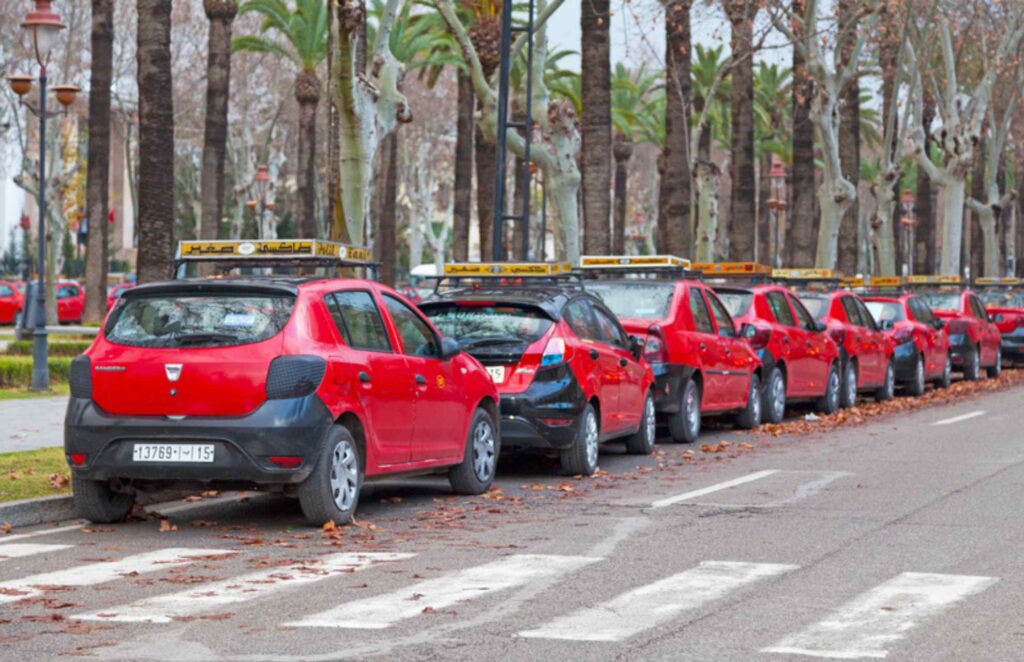
Pro tip
Always insist on using the meter. The magic phrase? “Turn on the meter, please” or “Compteur, choukran.” If the driver refuses, just walk away – there are plenty of other drivers around.
Grand Taxis
Grand taxis operate between towns and rural areas, following fixed routes. The standard setup includes six passengers (two in front, four in back).
While they were traditionally cream-colored Mercedes sedans, Morocco has begun updating the fleet with white Dacias featuring green checkered stripes. These taxis depart when full or when a passenger pays for the remaining seats.
- Sample per-seat prices:
- Marrakech – Essaouira: $8 (80 MAD)
- Fez – Chefchaouen: $7 (70 MAD)
- Whole taxi charter: 4-6 times the per-seat price
Traveling as a group? Negotiate reasonable rates for the entire taxi. You’ll get the freedom to stop for photos and choose your own schedule.
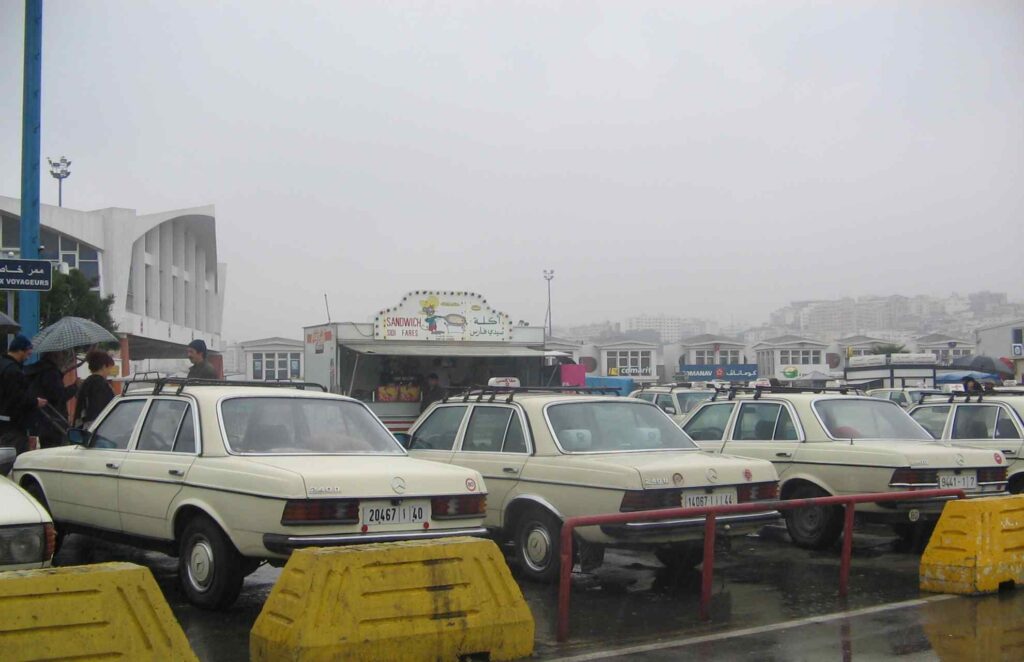
Is there Uber in Morocco?

No, Uber does not currently operate in Morocco. The company briefly operated in Casablanca around 2015 but suspended operations due to regulatory challenges.
Domestic flights in Morocco
With Morocco stretching nearly 1,000 miles from north to south, domestic flights can save you hours on the road. They’re ideal if you’re short on time or heading to remote regions like Dakhla or Laâyoune.
Royal Air Maroc is the main domestic carrier. Planes are modern and generally reliable, though delays do happen—especially on afternoon departures. Booking early (at least 3 weeks ahead) is essential if you want decent fares.
- Popular routes:
- Casablanca – Dakhla: Just over two hours vs. 24 hours by bus
- Casablanca – Ouarzazate: Quick gateway to the desert
- Marrakesh – Laâyoune: Fast access to the deep south
- Typical fares:
- Short flights: from $40 (400 MAD)
- Longer routes: $80–120 (800–1,200 MAD)
- Baggage allowance: 23 kg (50 lbs) included
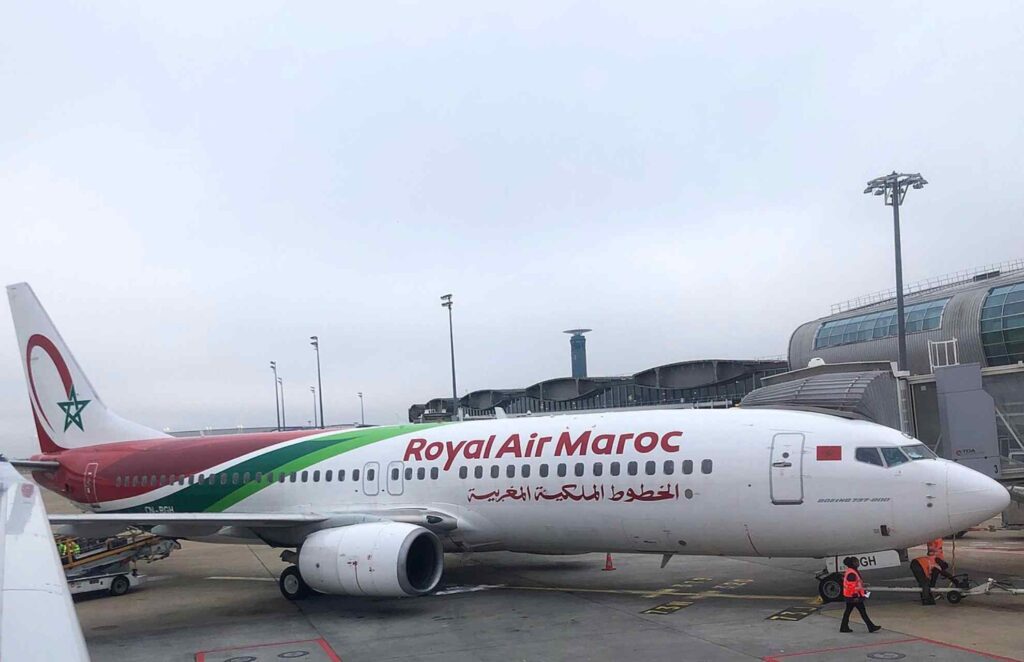
Pro tip
Book early, fly in the morning when possible, and keep flexibility in your schedule if you’re flying during peak travel months.
Airport transfers
Getting from the airport to the city is usually straightforward—especially in larger hubs like Casablanca and Marrakesh.
- Airport express buses are the most affordable option. They’re modern, air-conditioned, and run on a regular schedule.
- Casablanca: ~$2.50 (25 MAD) to downtown
- Marrakesh: ~$3 (30 MAD) to the medina
- Official airport taxis are available outside arrivals. They charge fixed rates, usually paid at a kiosk inside the terminal.
- Casablanca Airport to city center: ~$25 (250 MAD)
- Marrakesh Airport to the medina: ~$15 (150 MAD)
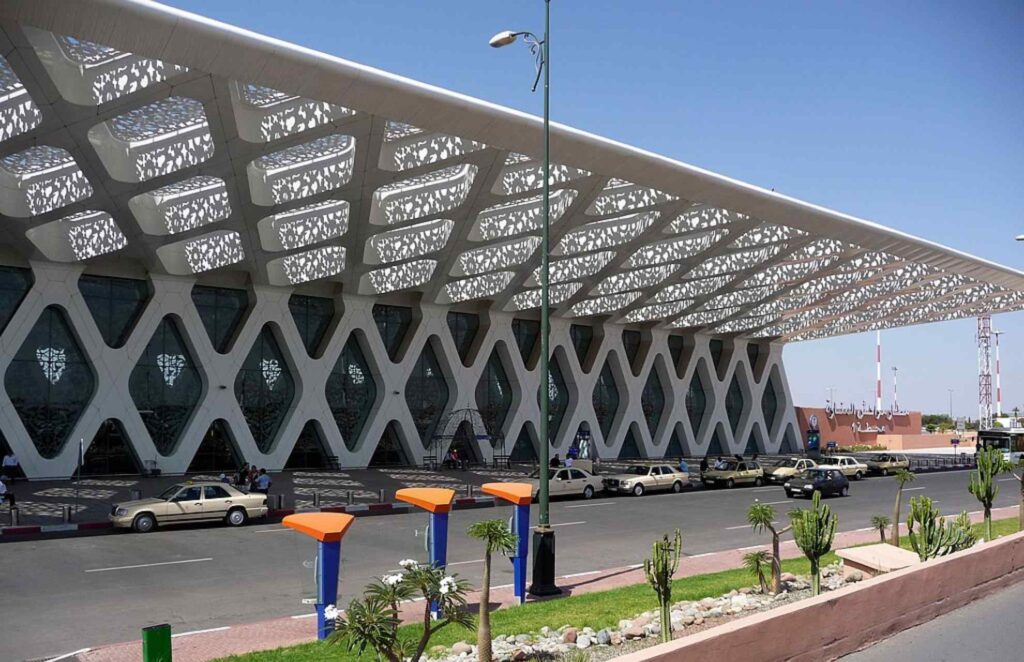
Pro tip
Ask your hotel or riad if they offer a shuttle. It’s often cheaper, especially if you’re arriving late or with luggage.
Car rental in Morocco
Renting a car gives you flexibility—especially if you’re heading outside the city limits to mountain villages, hidden beaches, or off-the-beaten-path destinations. That said, driving in Morocco isn’t for everyone. Cities are chaotic, rural roads can be rough, and signage is hit-or-miss.
- Car rental requirements:
- International driving permit
- Credit card for deposit ($500–800)
- Minimum age: 21
- At least one year of driving experience
- Typical costs:
- Economy: from $30 (300 MAD)/day
- SUV/4×4: from $60 (600 MAD)/day
- Insurance: +$15–20 (150–200 MAD)/day
- Tolls: Casablanca–Marrakesh ~ $9 (90 MAD)
- Driving conditions:
- Highways are excellent
- National roads vary—expect potholes and livestock
- Avoid city centers unless you’re very confident
Always use guarded lots near medinas—street parking is a gamble
Pro tip
Take photos of the car before leaving the lot, download offline maps, and carry bottled water if you’re headed into rural or desert regions.
Other ways to get around Morocco
Morocco offers a few fun (and sometimes scenic) alternatives for shorter distances or more adventurous travelers.
- Bikes and e-bikes: These are available in cities like Marrakesh and Essaouira. They cost around $10/day for a regular bike or $20/day for an e-bike.
- Scooters and quads: These are great for short distances or desert excursions. Scooter rental starts around $25/day, and quads ~ are $50 for 2 hours with a guide. Helmets are recommended.
- Camel rides: Best in Merzouga, M’hamid, or Zagora. Expect $15 – 30 for 1 – 2 hours, or $65+ for overnight treks.
- Horse-drawn carriages: Found mainly in Marrakesh. Cost ~$20 for 45 minutes. More charm than utility, but it’s fun for a sunset loop around the medina.
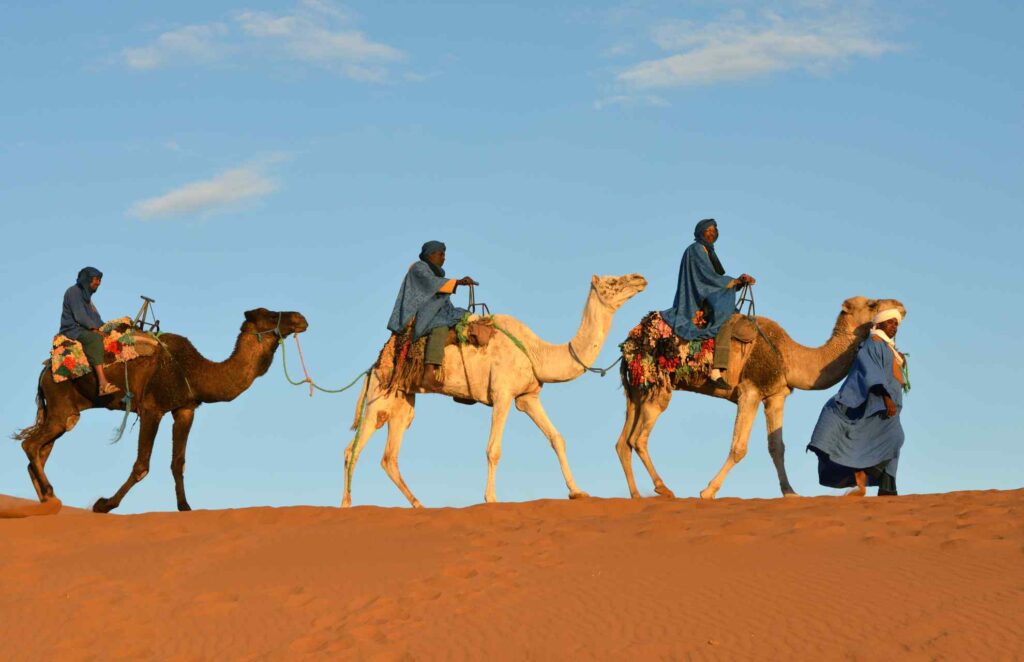
Pro tip
Medinas are mostly pedestrian. Park bikes and scooters at the gates, and continue on foot.
Before you go: Final travel tips
Here’s a quick rundown of everything else worth knowing before you start moving around Morocco.
- Timing your trip: Spring (March – May) and Fall (September — November) are best. Summer is hot and crowded, and mountain roads may close in winter.
- Money matters: Cash is king, especially for taxis and buses. Carry small bills. Train stations accept credit cards.
- Luggage logistics: Buses charge ~$1–2 for large bags. Trains allow up to 30 kg. Grand taxis have limited trunk space—pack light if you plan to use them.
- Stay connected: Download your apps before arrival and consider getting a local SIM or a Holafly eSIM for Morocco. It gives you instant data access upon landing, so you can book transport, follow your route, and translate signs or conversations without hunting for WiFi, fiddling around with Moroccan SIM cards, or spending a small fortune on data roaming in Morocco. It’s especially useful if you’re planning to move frequently or visit less touristy areas Some of the most useful apps include:
- ONCF: Train schedules and booking
- CTM Bus: Coach routes and reservations
- Roby Taxi: A local ride-hailing alternative
- Holafly App: Easily buy and manage your eSIMs.
Set your expectations before your Morocco trip, and don’t overschedule. Delays are part of the experience, and Morocco doesn’t always run by the clock. Leave some flexibility in your plans—those unscripted moments often become the most memorable.





 Language
Language 


















 No results found
No results found






